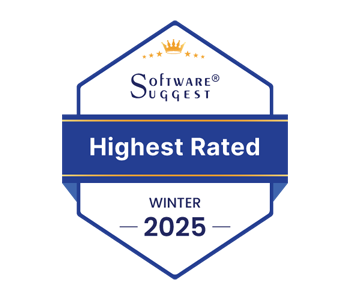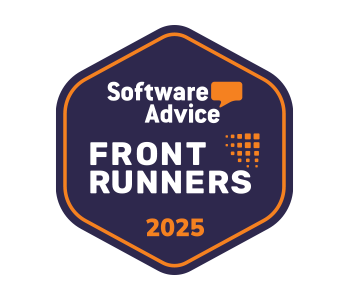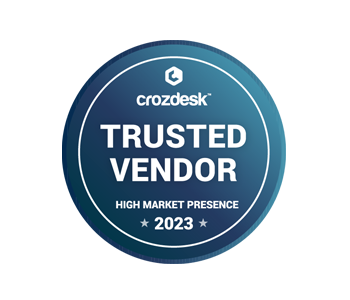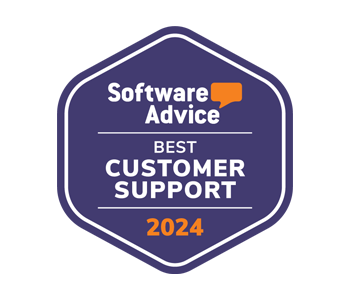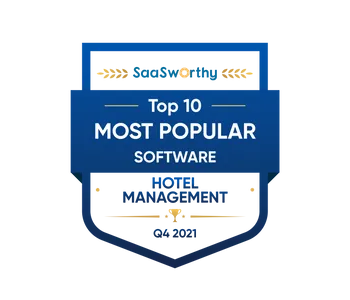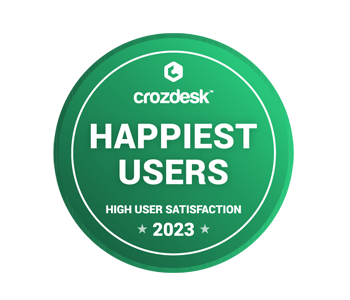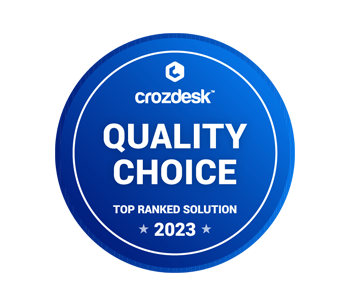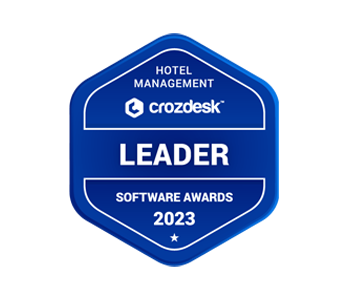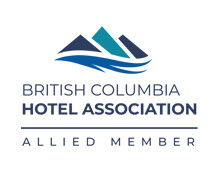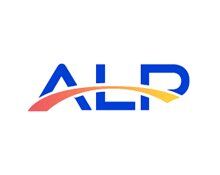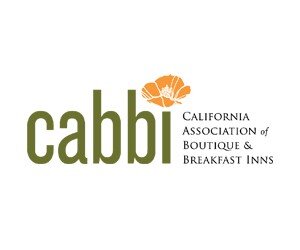Modern hotel technology can streamline operations, increase revenue, and enhance the guest experience like never before. But investing in new tech can be intimidating, and barriers to adoption can make it seem out of reach… There are costs to consider… People won’t know the new system… Then you have the hassle of transferring your data…
However, guest expectations are changing. They want a digitized, personalized experience (and to stream all their favorite shows), and hoteliers need technology to deliver this. Seventy-two percent of US consumers believe companies should be able to identify them as individuals, which is difficult without the right tech.
Whether it’s a hesitant board of directors, a lean budget, or fear of change, keep reading to learn how to break through barriers to hotel tech adoption to remain competitive and propel your business forward.
Show the Benefits
Before you can adopt new technology, you need to show both stakeholders and staff how it benefits them. Know your goals for that technology and demonstrate them clearly.
Changing systems is a risk (what if it doesn’t work and costs a lot of money?), so you need to demonstrate that the new software does, in fact, operate as it’s supposed to. Read reviews and case studies. Talk to other businesses who use it.
Though investing in tech is a risk, there’s also a risk in remaining stagnant (what if your competitors provide a better guest experience than you and leave you behind?). The “safe” route may not be as safe as it seems. We recommend conducting a SWOT analysis to identify the benefits of installing new technology and prepare for any obstacles. A SWOT analysis can even help you understand what can go wrong if you don’t!
On the employee side, there’s the fear that new tech will be complicated or possibly put them out of a job. Explain the perks for them too. How does the new software make their day-to-day tasks easier?
Lastly…you also need to convince your customers. Guests have to see that it’s a good idea, or you’re back to square one. Choose intuitive systems and provide clear instructions. Make yourself easy to reach in case they get stuck and don’t neglect face-to-face service. (Computer systems just don’t have the same friendly smiles.)
Evaluate Costs
Though investing in new technology may cost more up front, it will pay off in the long term (if you’re doing it right). Research multiple providers and have specific needs and functionality in mind that you want the new technology to address. Just because it’s new and seems flashy doesn’t mean it’s a good fit for your business. There are a lot of hyped-up products out there that don’t live up to their promises.
The tech you need may not be as far out of budget as you think. Many property management systems—the cornerstone of any hotel tech stack—charge by the room on a subscription basis. A 12-room boutique inn will pay much less than a 150-room luxury resort for the same system. Look for companies that don’t lock you into long-term contracts or charge you for upgrades.
Be aware that some vendors can make it very difficult—and costly—for you to leave. Forget a golden parachute; they’ll give you a lead one. Ask if the system allows read-only access if you’re transferring and what resources you may lose if you go elsewhere. You don’t want to have to give up your website if you decide to change property management systems!
Manage the Transition
No one likes that in-between switching period where tasks take twice as long because you’re still figuring out how to use the new software. But there are ways to mitigate the impact and get to the other side faster.
Have a detailed transition plan set out, including timeline, key coordinators, transitional tasks, and integrations, and communicate it clearly. Staff should know when they’re expected to master the new system and when the old one will no longer be available. Be on hand to answer any questions and take feedback.
Communicate even when the news isn’t good. Let people know about any planned downtime and any dependent operations that need to shift. If you change one system that other systems depend on, those may have to change too. Think it all the way through. It’s “ready, aim, fire,” not “ready, fire, oops.”
Protip: Think back to your previous tech transitions and use that experience to improve.
Provide Training
Employees are more confident and willing to use technology if they’re given effective training. Imagine if someone dumped a database in your lap and told you to get on with it. Would you enthusiastically embrace the new technology? Doubtful. Video tutorials, job shadowing, and gamification are all helpful ways to ensure employees know what they’re doing.
It’s necessary to stay involved throughout training to signal to your staff that this is important and hear their feedback. If something is confusing or clunky, you want to find out sooner rather than later.
Before you invest in new technology, ask the provider what training and support they offer. Is there a way to speak to a human being if you get into trouble? Check reviews to confirm their customer support lives up to their promises.
Successful implementation of new technology requires research, forethought, and planning. While it may seem intimidating, putting time and effort into preparing for and evaluating new systems is worth it to obtain a positive result… and a positive profit margin. Break down barriers to tech adoption to safeguard the future of your property.










